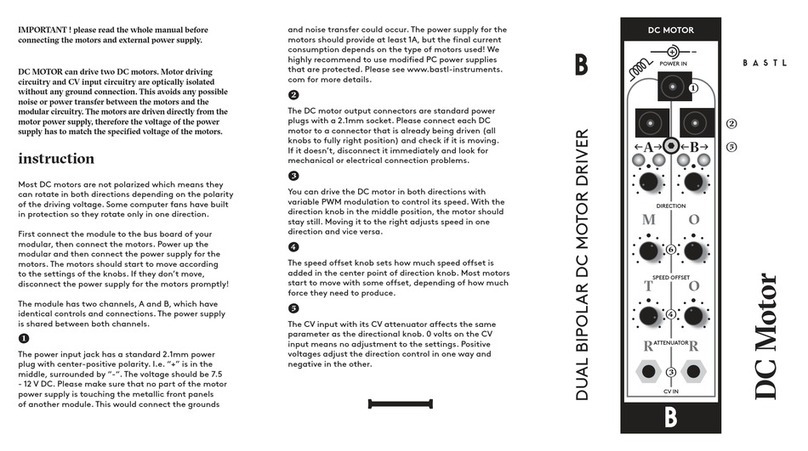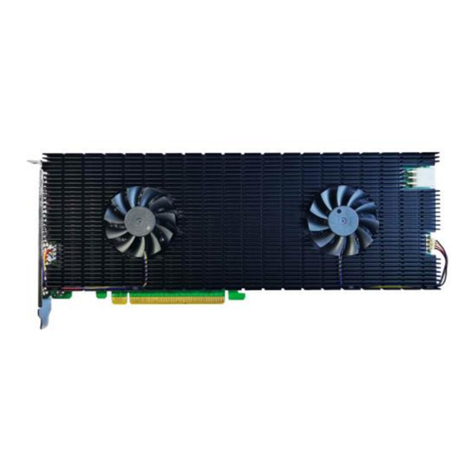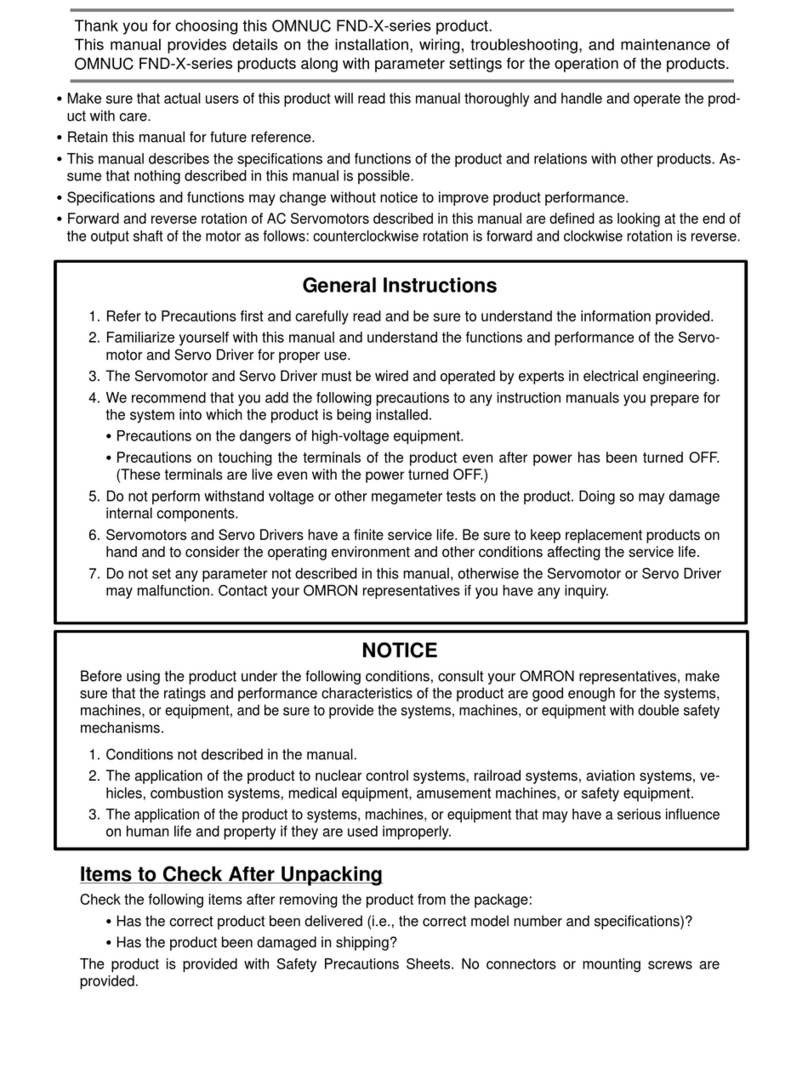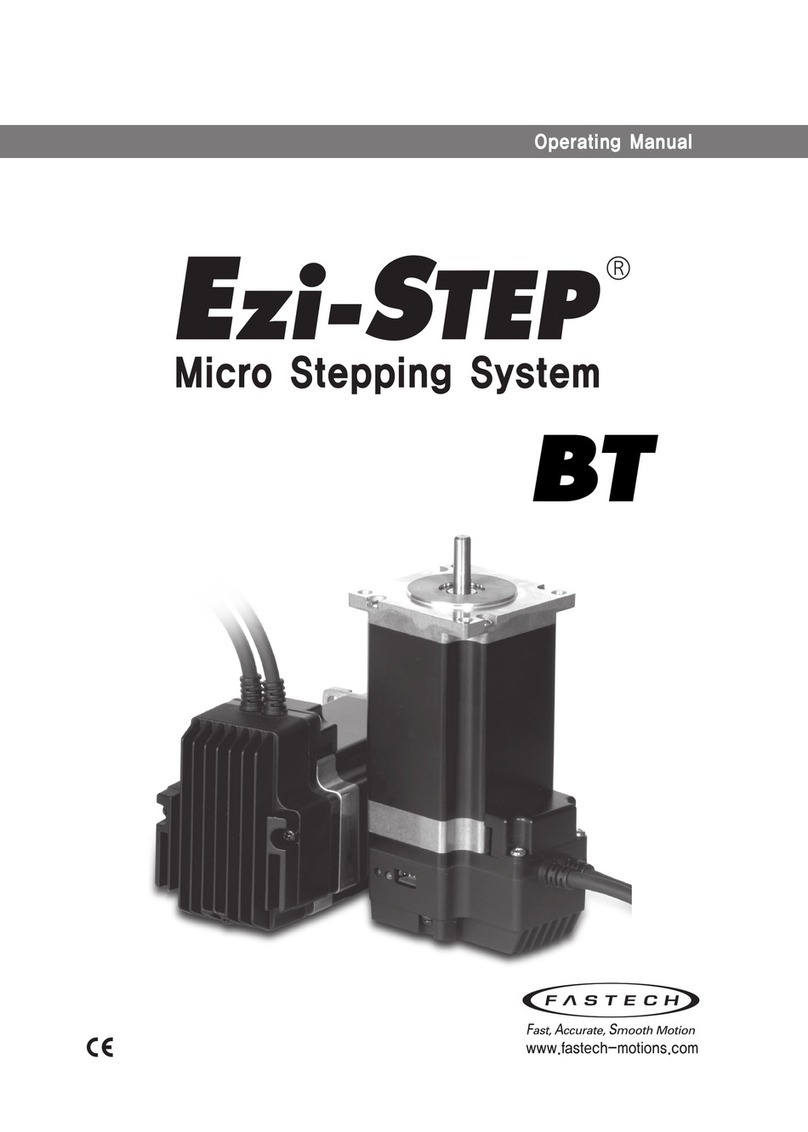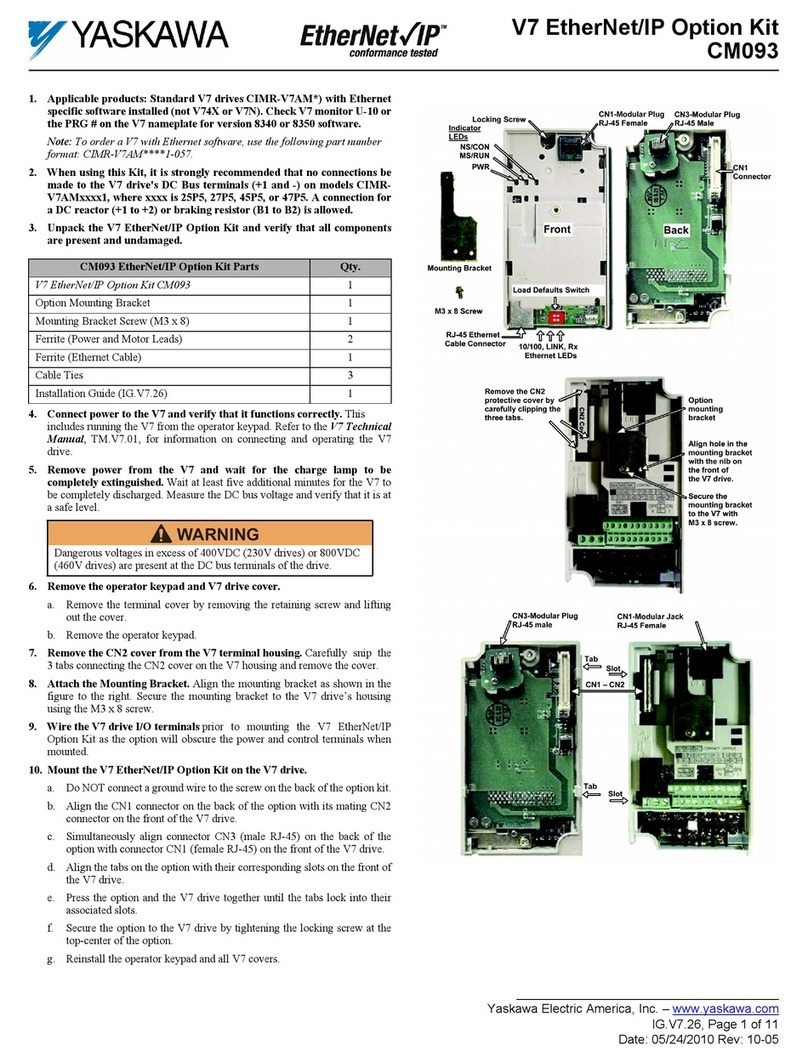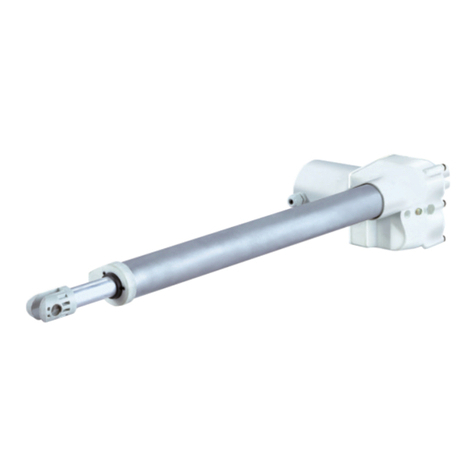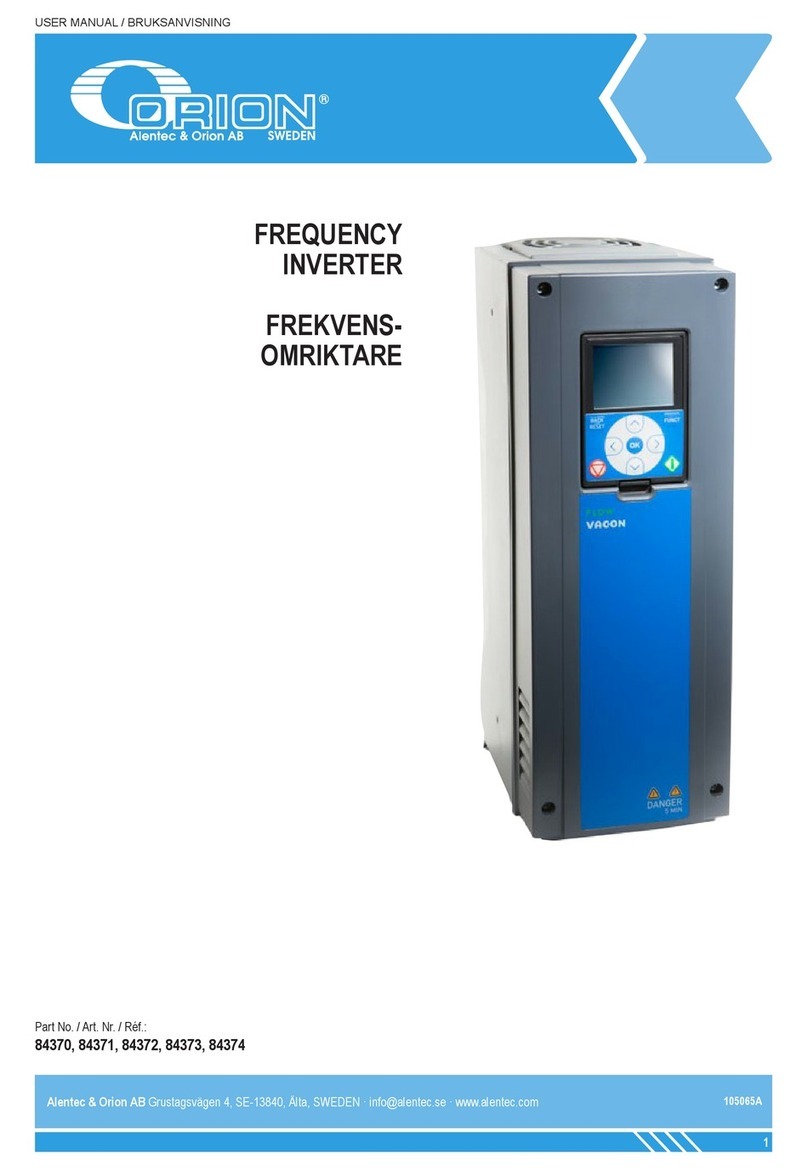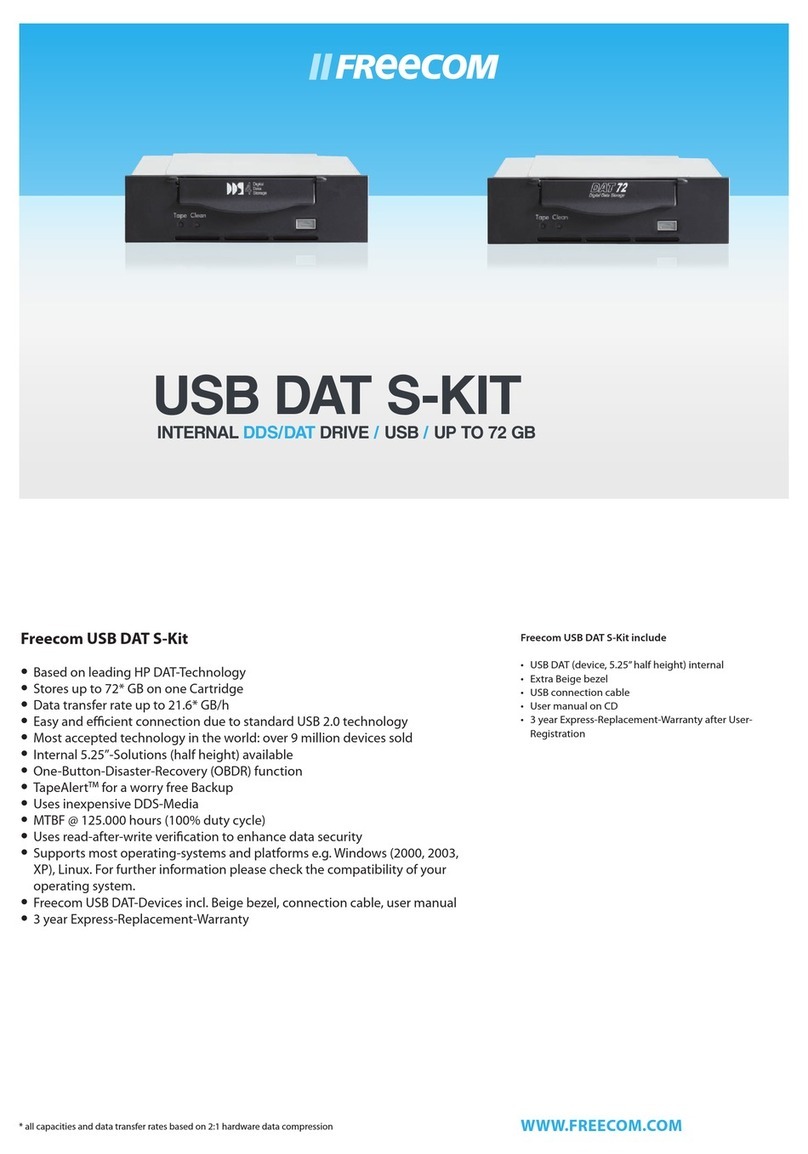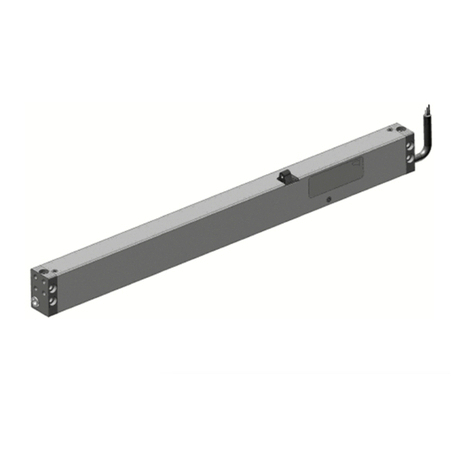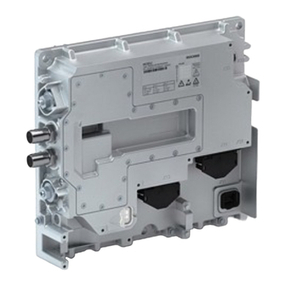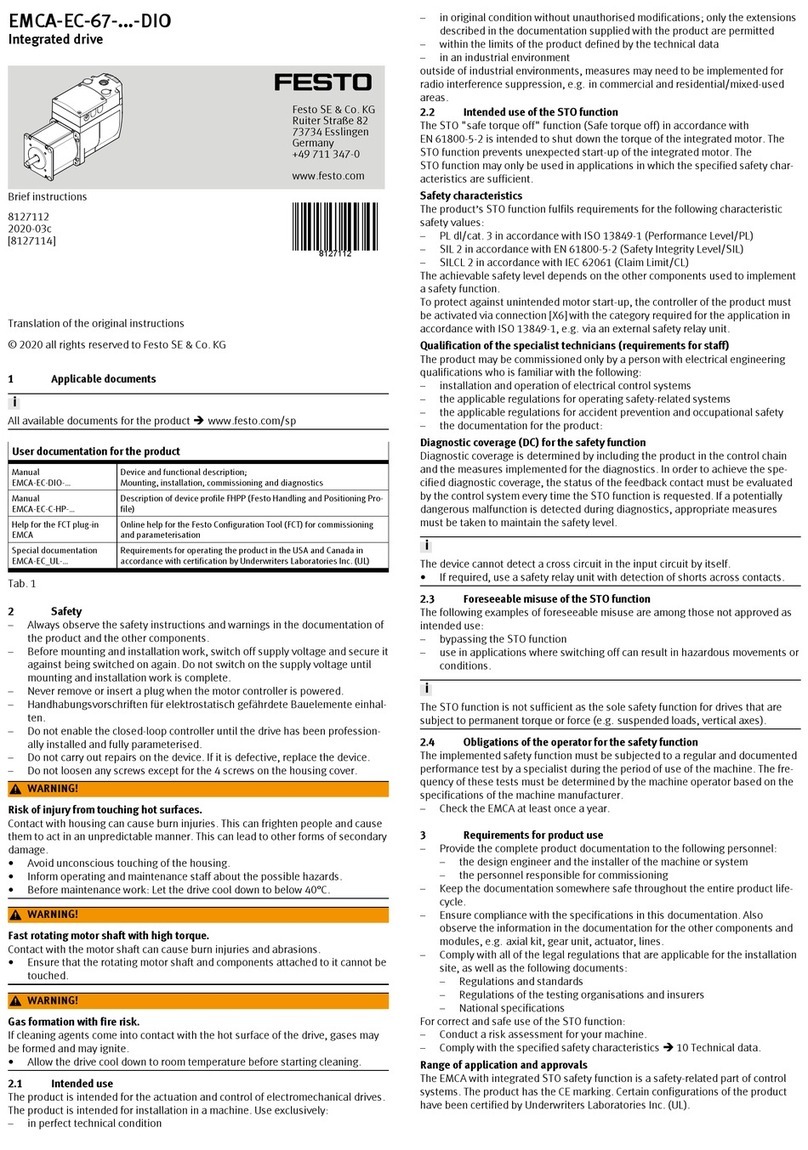HardWay RangeMaster V Series User manual

Series V RangeMaster
Owner’s Manual
April 2020
1
Thank you for purchasing a HardWay RangeMaster V. Here are some things you
should know: There will be a test later.
The HardWay RangeMaster is a very accurate reproduction of the original legendary
Dallas Rangemaster Treble Booster of around 1967. A total of 8 Series V units were
built, numbered from RMV001 to RMV008. (RMV001 was the prototype). The serial
number is written on the bottom outside of the unit, and on the inside, on the cover.
Not very many original Dallas Rangemasters were built (nobody knows how many)
and they were hard to find, even in the 1960s, even in England, where they were
made. Moving ahead to the 21st century, I saw one on eBay the other day, listed for
$5,000. Seriously.
The Rangemaster was a very simple circuit, centered around a Germanium transistor
(usually a Mullard OC44 or NTK 275 or a Mullard OC 71). The original circuit consists
of 1 transistor, 3 resistors, 4 capacitors, a potentiometer, a switch, and a battery.
That’s it.
The Welwyn preset pot was 10K Ohms. The boost knob was scratchy when adjusted,
due to the DC voltage present on the pot. This is the way the original was designed;
it is normal for this device.
The Series V HardWay RangeMaster has three PNP Germanium transistor modules,
selectable with a three-way rotary switch on the back of the unit. Each transistor
module consists of the transistor, the bias resistors and a 50 µF capacitor. The three
transistors included with the Series V RangeMaster are OC76, OC44, and AC125. The
gain of the transistors used in this series ranged from 82 to 112. (True gain, which is
apparent gain minus leakage.)
Series V also has a 3-way frequency cutoff selector switch on the back of the unit that
changes the boost frequency from “Stock” to “Wide” or “Full”. The stock (middle)
setting is as the RangeMaster was designed in 1966, a true treble boost. The upper
“Wide” setting expands the boosted range to include more mid-range frequencies,
and the lower “Full” setting boosts the entire range of a normally tuned guitar.

Series V RangeMaster
Owner’s Manual
April 2020
2
Series V units all use the Welwyn preset potentiometer as the boost control, as
original. The pots are all 25K Ohms, unlike the original’s 10K Ohm pot.
Unfortunately, I cannot find any 10K pots anywhere, they may be extinct. As a result,
you may find that much of the range of the pot is unusable due to noise. This crackle
/ fuzz noise is just too much gain – the normal noise is being amplified too much.
Try staying in the bottom 1/2 of the Boost control for best results. As mentioned
earlier, the Boost control is noisy when turned, because of DC on the pot circuit.
That’s normal. Welcome to 1967.
Each transistor is slightly different and is biased to the middle of its range. A
schematic of the RangeMaster V is attached.
Each transistor in each RangeMaster is biased at a battery voltage of 8.2 VDC. This is
about mid-way between a new battery and a dead battery and ensures that you will
get optimum performance of your RangeMaster throughout the life of the 9V battery.
A 9V “wall wart” supply is not an option; this is a PNP device. Almost all "stomp
boxes" are NPN. They hate each other.
Germanium transistors are temperature sensitive. I bias the transistors at ~70
degrees F. But, In the summer, or under hot lights, the temperature rises, and the
gain of the transistor will rise. Just something to be aware of. (This is true of the
FuzzFace, another legendary vintage Germanium effect, and it has been said that
Stevie Ray Vaughn liked his FuzzFace to be hot, so he could take advantage of the
extra gain.)
The transistors are in sockets, so are removable in the event
of failure or if you want to change to a different transistor.
For your information, the transistor should be inserted into
the socket with the Collector leg (usually marked with a dot
or a notch) on the left when looking at the face of the
device. (See diagram of the white socket seen from above).
If you replace or change the transistor it is not necessary to check the bias, but it is a
good idea.

Series V RangeMaster
Owner’s Manual
April 2020
3
CHECKING BIAS
1. Use a fresh battery, unplug both jacks, turn unit off, remove cover.
2. Set your DMM for DC Volts.
3. Attach the RED lead to a ground (the case, or the ground wire to the rotary
selector switch).
4. Turn on unit.
5. Make sure the 3-pos rotary switch is set to the transistor you are checking.
6. Touch the BLACK lead to the collector leg of the transistor module you are
checking
7. You want to see between 6.5 and 7.2 Volts (Remember it is PNP, so Positive
ground)
8. If the measurement is out of range, either something is wrong, or you need to
change the bias resistor values to bring it into range.
OPERATION
The RangeMaster is not a "Stomp Box". It was meant to reside comfortably on the top
of your amp. The switch can be noisy when turned on (pop) and was not really meant
to be switched on while playing (you either played with it ON or OFF; no switching
during a solo).
The Boost control is sensitive, and as mentioned earlier, scratchy, so it, too, was
meant to be set at the "sweet spot" and then left alone. Some nice distortion, gain,
and harmonics are evident at low Boost settings. Turning the Boost up just makes it
noisy. And louder.
The RangeMaster is not exactly delicate, but it does not appreciate rough handling,
and dropping it or throwing it around can have negative outcomes. Warning.
Unplug your RangeMaster and turn it off when you are done playing with it. If you
don't, you will drain the battery, and then you will have to undo the 4 screws holding
on the cover and replace the battery. this is a pain, so you will learn to turn it off when
you are not using it. The 9V battery lasts a very long time if you keep it turned off
when not in use. If your RangeMaster starts acting funny, it’s probably the battery
failing.

Series V RangeMaster
Owner’s Manual
April 2020
4
The RangeMaster should be the only device between your guitar and your amp.
Because it is a PNP device, and because of circuit peculiarities, it doesn't do well
when connected to other boxes. You won't hurt anything if you try multiple devices,
but you probably won't like it.
The RangeMaster likes tube amps. It is not so fond of solid-state amps, and you won't
get the best performance out of the unit when plugged into a solid-state amp. This is
true of hybrid amps as well, like the Crate Palomino, or the Peavey Classic
I hope you have many years of enjoyment with your RangeMaster.
If you have a question or comment, you can always reach me through contact info at
.
Thanks again, and
Best Regards,
Don
This RangeMaster V is guaranteed to be free from manufacturing defects for a period of 6-months from
the date of the original invoice. HardWay is not responsible for any unit that is abused, modified from
the original circuit, or used in an abnormal application.

Series V RangeMaster
Owner’s Manual
April 2020
5
SCHEMATICS
Schematic of the RangeMaster Gen. V.
There are three individual transistor modules, each with its own biasing
resistors (Rb and Re); these resistors vary depending on the values
required to bias each transistor into the middle of its range, and they are
individually selectable via the 3-way rotary switch on the back of the unit.
The frequency cutoff selector is a 3-position toggle switch, also on the
back of the unit, which allows the user to select one of three Boost
ranges: Stock, Wide, and Full.
Many PNP (positive ground) Germanium transistors work well in the
RangeMaster; a partial list is noted.

Series V RangeMaster
Owner’s Manual
April 2020
6
RangeMaster V Enclosure Layout
RangeMaster Gen. V component position layout
Biasing Module
Transistor Bias Module schematic.

Series V RangeMaster
Owner’s Manual
April 2020
7
PRODUCT PHOTOS
Rear panel of RangeMaster Gen. V
(Left) Frequency cutoff selector.
(Middle) Rotary switch transistor selector:
OC76, OC44, AC125
Gen. V RangeMasters
(Far right) Gen. III RangeMasters with
large enclosure.
RangeMaster Gen. V transistor
modules
(Left) Three individual biasing modules for
the OC76, OC44, and AC125.

Series V RangeMaster
Owner’s Manual
April 2020
8
This manual suits for next models
2
Table of contents


